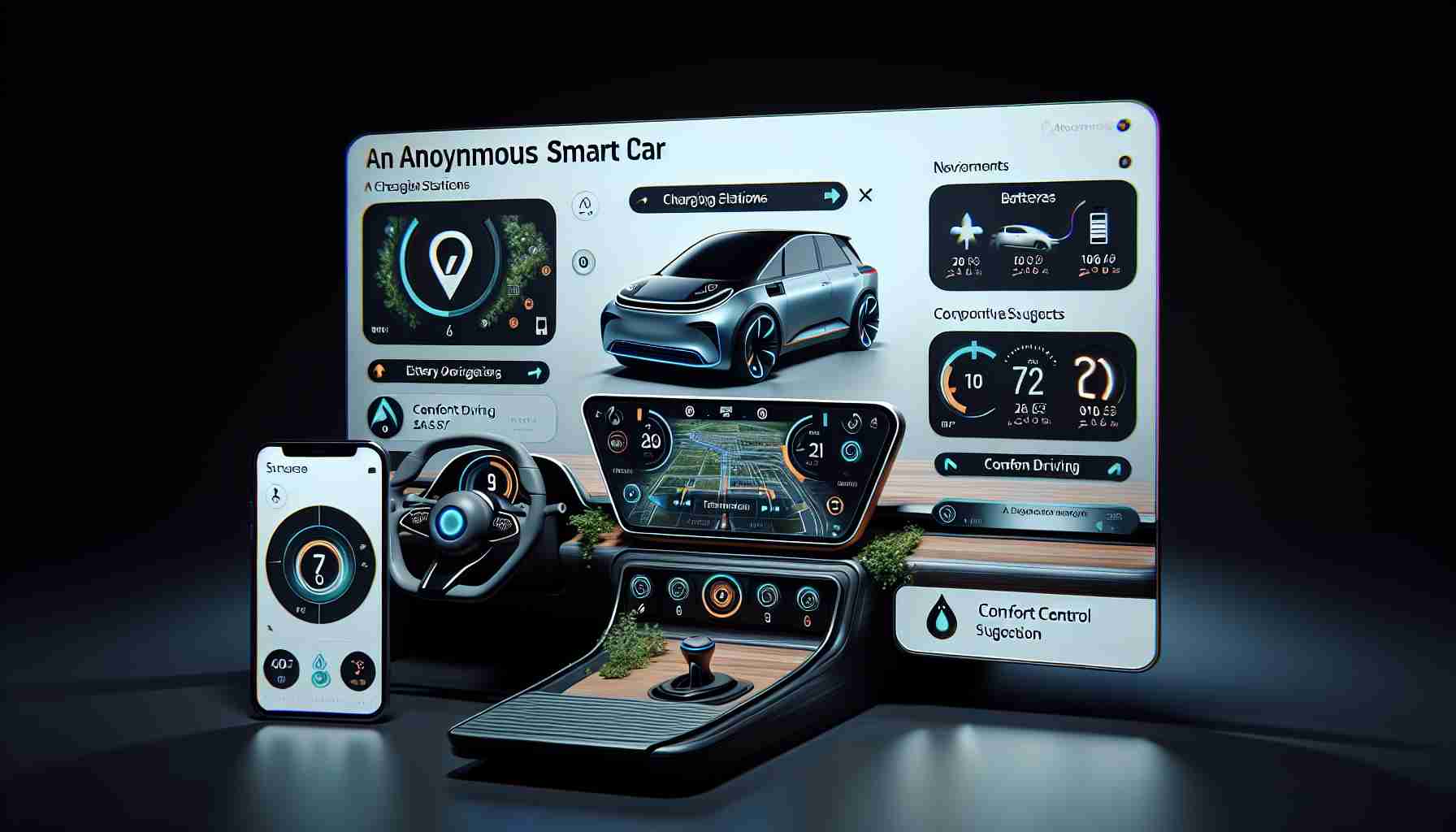Google has rolled out a significant update to Android Auto, which now includes support for electric vehicles equipped with North American Charging Standard (NACS) connectors found at Tesla charging stations. The latest functionality can be accessed in the beta version of Android Auto 12.9.143804, catering specifically to the needs of EV owners.
This new feature allows users to seamlessly integrate NACS settings into their vehicles, simplifying the process of locating nearby charging stations through the familiar interface of Google Maps. While it’s important to note that Tesla vehicles themselves do not utilize Android Auto, this update represents a step forward for other manufacturers that are transitioning to this charging standard.
General Motors has also jumped on the bandwagon, having recently endorsed the NACS adapter for its electric models, underscoring the growing acceptance of this charging system across the automotive industry. Currently, the update is available in beta on the Google Play Store, with plans for a broader rollout to all users expected in the near future.
This move not only enhances the convenience for electric vehicle owners but also reflects the increasing collaboration and standardization within the EV sector, promoting accessibility and better infrastructure for charging solutions. As the market for electric vehicles evolves, features like these will become essential for drivers looking to maximize their driving experience.
New Android Auto Update Enhances Electric Vehicle Experience: What’s New and What to Expect
In the rapidly evolving realm of electric vehicles (EVs), Google has once again positioned itself as a key player with its latest update to Android Auto. The introduction of support for North American Charging Standard (NACS) connectors marks a significant leap for electric vehicle owners, particularly those whose vehicles are not Tesla models. With this enhancement, drivers can look forward to a much-improved user experience on the road.
What Features Does the New Update Offer?
The Android Auto 12.9.143804 beta version introduces several new features tailored specifically for EV owners. Users will now be able to:
– Access Real-Time Charging Information: The updated interface provides live data on nearby charging stations, including their availability and charge status directly from Google Maps.
– Integrate Vehicle-Specific Settings: For manufacturers adopting the NACS, drivers can sync their vehicle’s settings and preferences with their Android devices, simplifying the management of charging-related data.
– Plan Efficient Routes: With enhanced route planning functions, EV owners can now optimize their travel itineraries to include charging stops, ensuring they have enough battery power to reach their destinations.
Key Questions and Answers
– Is my vehicle compatible with the new Android Auto features?
The update primarily supports electric vehicles adopting the NACS. Many new and upcoming models from various manufacturers are expected to integrate this capability, while older models may not be compatible.
– When will the update be available for all users?
Currently, the update is in beta testing. A full rollout to the general public is expected soon, though specific timing has not been disclosed by Google.
– What happens if I don’t use a Tesla vehicle?
The update is beneficial for all EV models that are adopting the NACS, meaning a broader range of electric vehicles will eventually be able to access these new features.
Challenges and Controversies
Despite the advancements, the transition to a standardized charging system poses certain challenges:
1. Infrastructure Limitations: While the widespread adoption of NACS is encouraging, the network of supportive charging stations may not be uniform across all regions, causing accessibility issues for EV owners.
2. Compatibility Issues: Existing EV models with legacy connectors may be left behind if manufacturers do not offer transitions to the NACS system. This could cause dissatisfaction among current EV users.
3. Consumer Confusion: With many vehicles adopting different charging standards, drivers may find it complicated to navigate the various options available, creating potential hesitation in EV purchases.
Advantages and Disadvantages
Advantages:
– Improved User Experience: The integration of charging station locators and real-time updates streamlines the EV usage for drivers.
– Standardization: A unified charging standard could simplify EV ownership and boost consumer confidence in electric vehicles.
Disadvantages:
– Limitations for Older Models: Not all EVs will be compatible, potentially alienating some existing users.
– Initial Transition Challenges: There may be hiccups as infrastructure adjusts to support the new charging standard, particularly in less urban areas.
In conclusion, this update from Google reflects a vital trend towards enhancing the electric vehicle experience. As Android Auto expands its capabilities, it may revolutionize the way EV owners interact with their vehicles, making electric driving more accessible and convenient than ever before. For more information, please visit Android.























